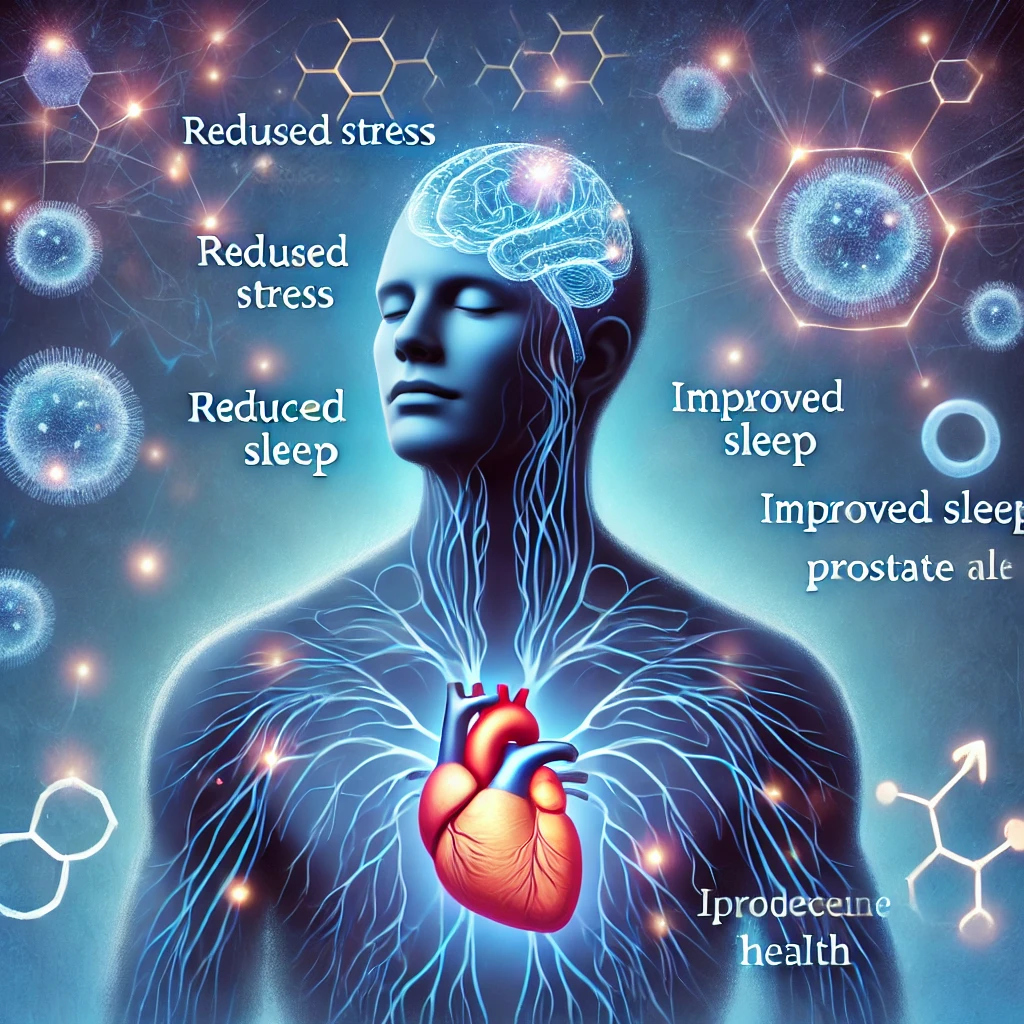As technology continues to evolve, people are becoming increasingly aware of their health. Modern innovations now make it possible to track essential health metrics such as blood pressure, heart rate, and physical activity. These advancements are designed to promote healthier lifestyles and potentially reduce the need for frequent hospital visits.
One of the most popular trends in health monitoring is the use of smartwatches, which can track sleep patterns, monitor heart rate, and count daily steps. But how significant is step counting when it comes to overall health? More importantly, do these high-tech devices truly offer value for money?
Step Counting and Physical Activity: The Science Behind It
According to the American Heart Association (AHA), physical activity includes any movement that burns calories, from everyday tasks to structured workouts aimed at improving health. Step counting is a form of aerobic or cardiovascular exercise, which helps improve heart and lung function by increasing heart rate.
To maintain good health, the AHA recommends at least 150 minutes of moderate-intensity exercise per week, which breaks down to 30 minutes per day, five days a week. However, focusing solely on step count may not be the best approach—the intensity and duration of physical activity matter more than just the number of steps taken.
To measure the effectiveness of exercise, the AHA suggests monitoring target heart rate rather than relying purely on step count. The maximum heart rate is determined by subtracting a person’s age from 220. For moderate exercise, the heart rate should be 50–70% of the maximum, while vigorous exercise should reach 70–85%.
For example, a 25-year-old’s maximum heart rate is 195 beats per minute (bpm), meaning their target heart rate for moderate-intensity exercise should be 98–137 bpm.
Do Steps Matter? Yes, But Intensity Is Key
While step counting can be a useful way to track movement, the speed and duration of activity are far more important than simply hitting a daily step goal. A brisk walk that raises the heart rate within the recommended range provides far greater health benefits than a slow stroll, even if both involve the same number of steps.
That said, any form of movement is better than none. Even light-intensity activities can help counteract the negative effects of a sedentary lifestyle. The key is to reduce prolonged inactivity and incorporate as much physical movement as possible into daily routines to promote overall health.
And yes—even sexual activity that raises the heart rate within the target zone is considered exercise. Fitness can be enjoyable too!
Beyond Steps: A Holistic Approach to Heart Health
While physical activity plays a crucial role in cardiovascular health, a truly healthy lifestyle requires a comprehensive approach. Key factors that contribute to heart health include:
✅ Balanced Nutrition – Eating a diet rich in whole foods, lean proteins, and healthy fats
✅ Smoking Cessation – Avoiding tobacco to reduce heart disease risk
✅ Alcohol Moderation – Limiting alcohol intake for better metabolic health
✅ Stress Management – Practicing mindfulness and relaxation techniques
The Bottom Line
Tracking steps can be a great motivator to stay active, but exercise intensity, duration, and consistency are what truly matter for health. Smartwatches and fitness trackers can be helpful tools, but their true value lies in how they are used to monitor meaningful health metrics.
At the end of the day, the best way to stay healthy is simple: Move more, sit less, eat well, and listen to your body. follow https://kelelehub.co.ke


